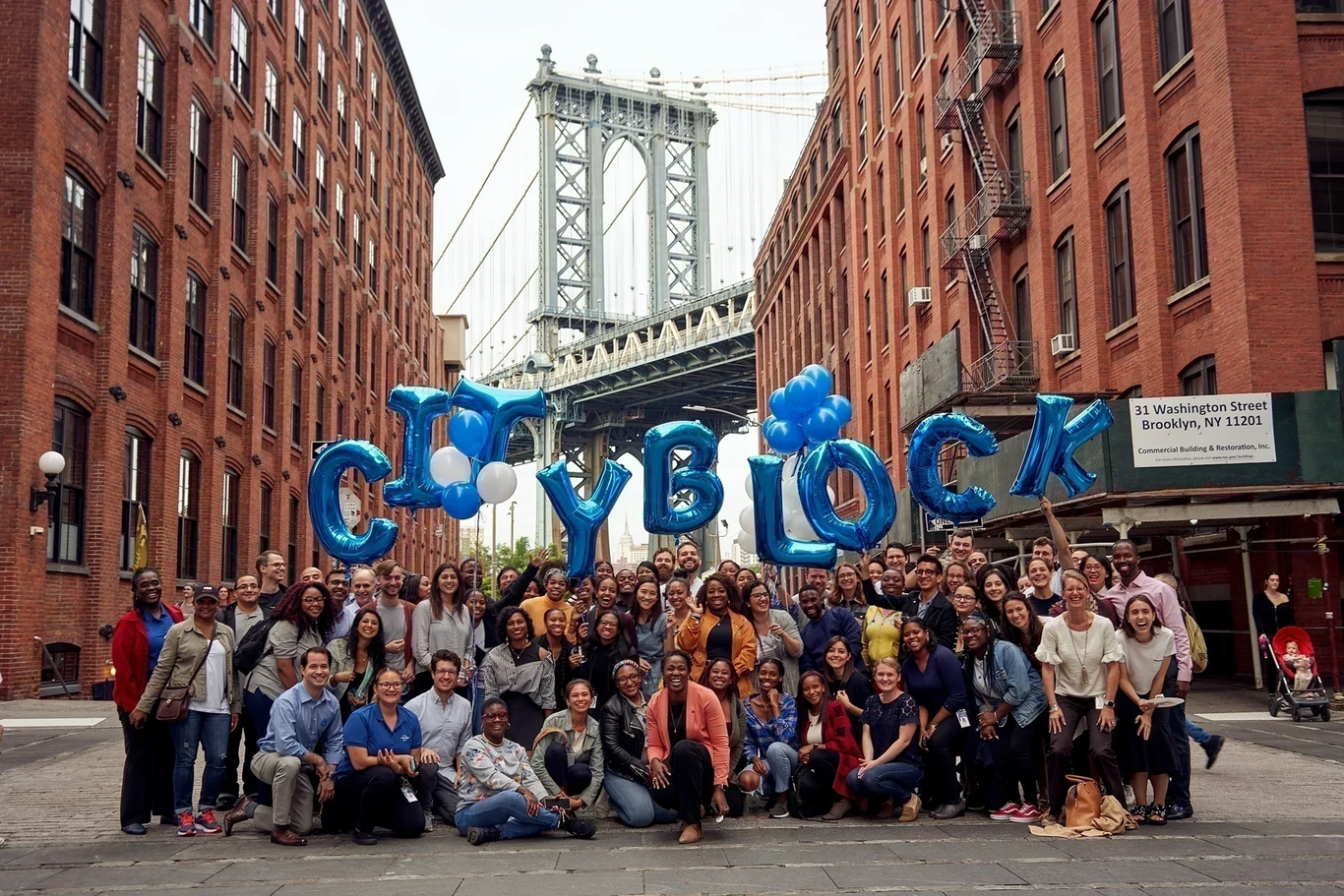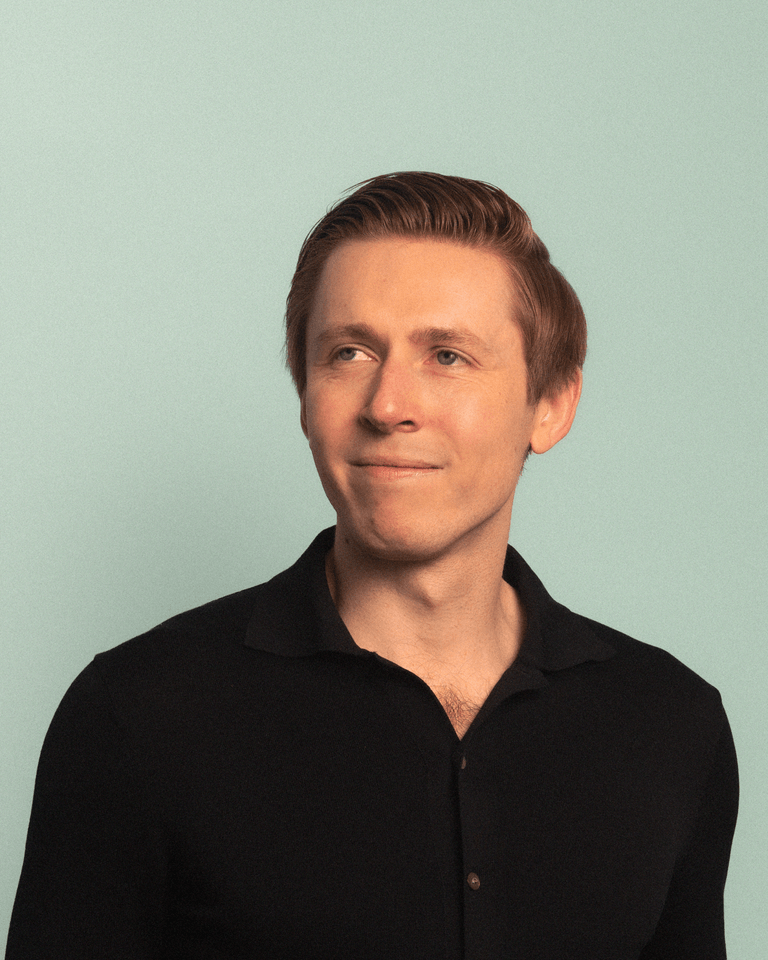
Three Questions on Sustainability with Winston Huang at Cityblock
Winston Huang is Chief of Staff to the CEO at Cityblock Health, a value-based, tech-driven healthcare provider for communities with complex needs.

Founded in 2017 on the premise that “health is local”, Cityblock’s mission is to meet the needs of underserved populations by taking care back to the neighbourhood. In partnership with local community-based organisations and health insurance partners, Cityblock delivers primary care, behavioural health care and social services to members with complex needs across all domains of health. As part of his wide-ranging role, Winston oversees Cityblock’s environmental, social, and corporate governance (ESG) strategy. Kinnevik first invested in Cityblock in 2020 and have partnered with Winston and the team since then to build their sustainability strategy. The release of their Equity in Action report last year is a key milestone. Here are some of Winston’s reflections so far.
How has Cityblock’s approach to sustainability evolved as you’ve grown?
At Cityblock, social impact is baked into our business model - our profit model is directly tied to tackling key social issues and pushing for positive change within society – by improving health outcomes for the communities we serve.
We’re a healthcare provider but the people that we serve tend to have more complex needs, whether they’re low income, or facing mental health challenges or housing insecurity. 85% of our members have two or more chronic conditions. 79% are people of colour. Healthcare often shies away from these groups, but we’ve seen that when you prioritise improving their health outcomes rather than turning away, and design your business model to incentivise these improvements, you actually see an overall societal benefit as well as a benefit to the individual and to our organisation.
This alignment means that when we look at our ESG journey, we find inherent alignment particularly with the “S” side of ESG, which provides a real grounding point to think more holistically and intentionally about what we want to achieve across all of ESG. How can we lean into our inherent strengths around “S”, lean into the business model, and drive more impact? From there, where can we extend further into other parts of the ESG continuum where we want to proactively have even greater impact? That’s something we've really been looking at over the past year, and it’s been really productive - as is hopefully shown with our first Equality in Action report released at the beginning of this year. But that’s just the start of a much longer journey.
We’re now looking to fill the gaps that aren’t as inherent in our business model but are still so important from a social and environmental perspective. That matters to our shareholders, it matters to our customers, and it matters to us.
In your experience, how can sustainability improve business outcomes?
For me, a company’s approach to sustainability should always align with business outcomes. For example, we focus on building a diverse team because we can’t have positive business outcomes without team members who can deeply empathise with the life experiences of our members.
If our workforce doesn’t look like or understand the people that we serve, not just at the frontline level, but at the manager and executive level too, then we would not be able to build that fundamental trust. Trust is so key when you’re working with communities who feel disengaged and have been marginalised, who may not have lots of options when it comes to getting quality care. We’re proud to have representation levels within our teams, for both female and POC, across junior levels all the way to the executive and Board level, that are well above and often double the industry standard.
We know that our customers and shareholders care about these issues too. Many of our customers say that when they decided to work with us, it wasn’t just a financial proposition or a business proposition, it was a social impact proposition as well. That very much resonates with us and informs our approach going forward.
What’s the number one piece of advice you’d share with other companies thinking through a sustainability strategy?
Firstly, it’s okay to take things one step at a time. Engaging with ESG can feel daunting and scary at first. It’s much easier to break the problem down so that you’re working on a certain sub-component of sustainability to start, and then build from there. For example, take a metric that’s important to drive improvement on – it’s okay to start by tracking that metric, and then the next year set targets, and then the next year track results and hold yourself accountable to those targets – rather than trying to tackle it all at once. Approaching it this way means that you’ll be doing at least some aspects really well, rather than lots of things not well or not at all, because you’re so overwhelmed by the magnitude of the work.
Secondly, find an anchor point, or “hook” that can ground your strategy and help with buy-in. It has to be compelling, and it has to be relevant for your specific business model and to the decision makers that you need to get on board. For us, a key decision-maker was the Governance Committee of our Board, and the anchor point that we tried to hammer home was just how unambiguously good it would be for us to do this work. Not only because it’s simply the right thing to do, but also because it’s something that our investors and shareholders and customers really care about. And then you can propose ways to actually do the work. But you have to start with the right hook, for the right decision maker, for your specific situation, and then take it one step at a time from there.



